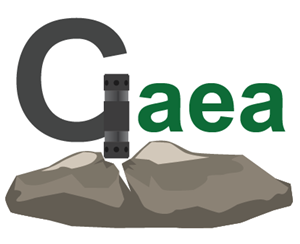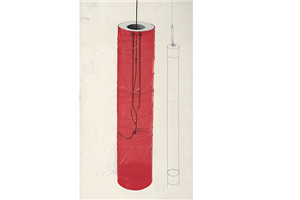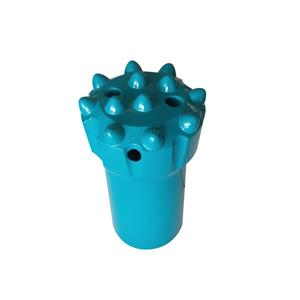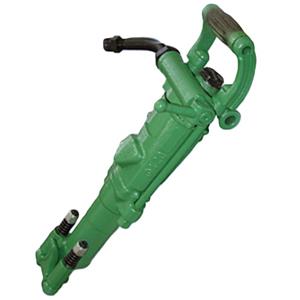Underwater rock Blasting Basics
The blasting in which the blasting source is placed in the restricted area ofthe water body and interacts with the water medium is collectively referred to as underwater rock blasting. According to the differences in the location of the blasting source and the conditions of the water body, underwater rock blasting is divided into deep water blasting, shallow water blasting, near water surface blasting, underwater exposed blasting, underwater drilling blasting, underwater chamber blasting and water retaining body blasting.
Characteristics of explosive explosion in water
When the explosive explodes in water, the temperature of the gas products generated by the explosion can reach 3000℃, and the initial explosion pressure is about 14GPa. The water interface coupled around the explosive package is stimulated with sudden and strong intermittent shock waves and water diffusion movement, and propagates outward in the form of spherical shock waves with several times the sound speed of water (1500m/s) in the area several times the diameter of the explosive.
Subsequently, the high-pressure gas generated by the explosion expands in the form of bubbles to do work, causing the water to diffuse rapidly and move inertially. The pressure fusion of the bubbles causes rarefaction waves to follow and propagate outward, causing the shock wave overpressure at each point of the underwater explosion field to drop rapidly and decay exponentially. When the bubble pressure drops below the hydrostatic pressure, the water around the explosion source begins to move in the opposite direction and compresses the bubbles to reach the hydrostatic pressure equilibrium point. After reaching the equilibrium point, the bubbles are over-compressed due to the inertial movement of the water, and then the bubbles expand again to do work on the water. This reciprocating process forms multiple pulsating pressures in the water, and most of its energy is converted into water body diffusion lag flow.

Deep-water rock blasting
About half of the chemical energy of the explosives in Deep-water rock blasting is converted into shock waves in the water, and another 1/3 or more of the energy is consumed in the water in the form of heat energy. The energy occupied by the pulsating pressure of the bubbles is relatively small, about 1/3 or less of the energy of the shock wave in the water. Therefore, the shock wave in the water is the main influencing factor of the underwater explosion.
The main factors of Deep-water rock blasting are shock waves in the water, pulsating pressure and water diffusion lag flow. To determine which factor plays a leading role in destruction, we cannot just look at the amplitude and energy of various factors. We also need to consider the characteristic shape, size, structural dynamic characteristics and motion state of the loaded object.
Shallow water blasting
The characteristics of shallow water blasting are related to the proportional burial depth of the explosive pack. In addition to generating underwater shock waves and pulsating pressure, there are also the following surface phenomena:
(1) Shallow water blasting generates underwater shock waves that reflect on the free water surface, causing a rapidly splashing mound-like water column;
(2) When bubbles rise to the surface and burst into the atmosphere, water spray occurs;
(3) Explosions near the bottom of the water form underwater craters;
(4) A series of waves generated by the explosion on the water surface and the fall of the water column propagate in all directions, and after colliding with obstacles on the water surface, wave pressure and surge climbing occur;
(5) Explosions near the surface of the water cause the water column to be scattered horizontally, and obvious craters appear on the water surface, and scattered water columns are formed above the explosion center.
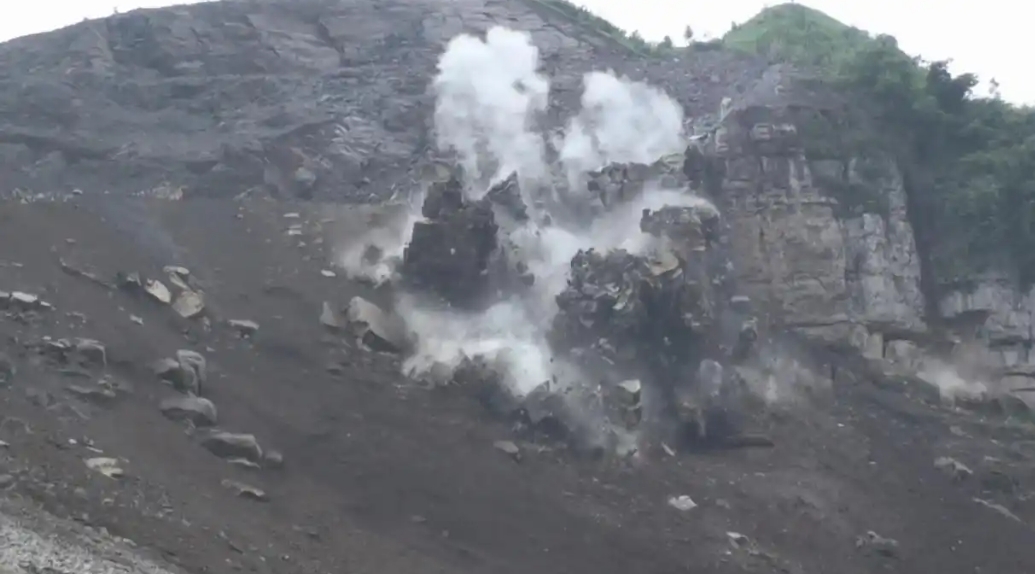
Safety and protection of underwater rock blasting
Prevention of sympathetic explosion and explosion rejection: The following points should be noted to avoid sympathetic explosion:
(1) Use explosives with low sensitivity or use hard shells to package the explosive rolls;
(2) Reasonably design the spacing between the explosive packs and avoid excessive errors during construction;
(3) Properly block the underwater blast holes.
The following points should be noted to prevent explosion rejection:
(1) Use water-resistant explosives and detonators, or make reliable waterproof packaging. For deep-water blasting projects, special blasting equipment should be used;
(2) Prevent the detonation network from being interrupted by waves or damaged by construction equipment;
(3) The electric blasting network should try to avoid joints in the water. The insulation of the network to the ground should be checked. The two detonators in the same blast hole should be distributed in different networks respectively.
Individual flying debris from underwater rock blasting
When the water depth is less than 1.5 meters, the flying debris safety distance is calculated according to ground blasting; when the water depth is greater than 6 meters, the impact of individual flying debris from blasting on personnel on the ground or above the water surface is not considered; when the water depth is between 1.5-6 meters, appropriate corrections can be made with reference to the ground blasting design, and the flying debris safety distance is determined by the design.
Yantai Gaea's O2 rock blasting system has been able to fully adapt to underwater blasting environments after successfully developing a waterproof membrane. For more details, please check this page:
